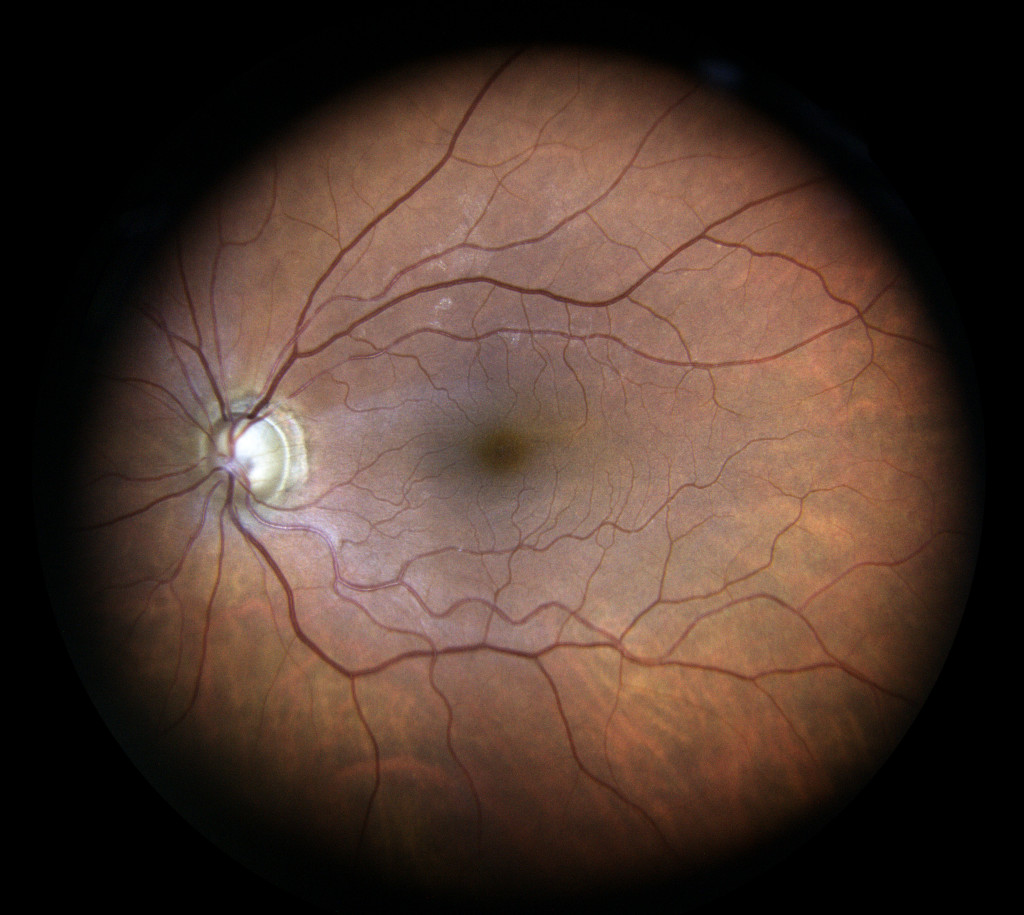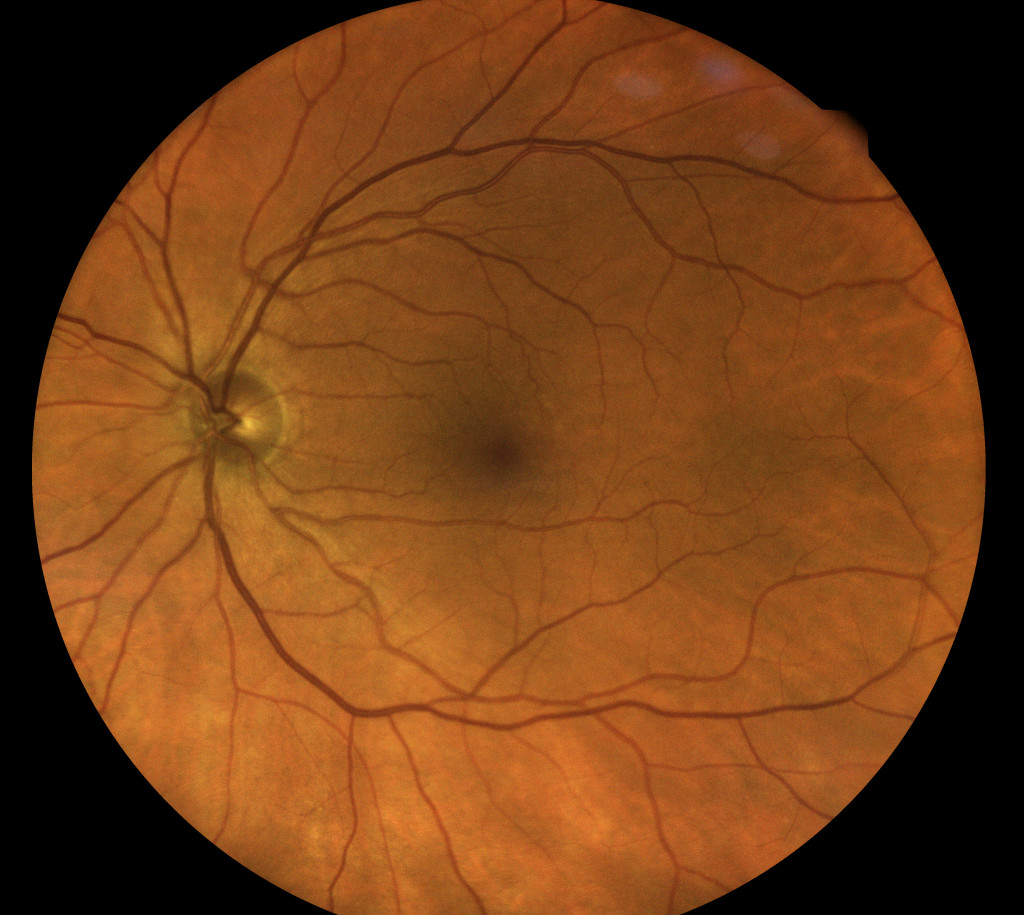The Visual Field Test
Although it might sound like an entrance exam to the Army or virtual reality challenge, a visual field test is in fact a test that plays a key role in the detection and treatment of glaucoma and other eye conditions.
Visual field tests are, in simple terms, exactly what the name implies: an examination designed to measure your field of vision. By assessing how well you are able to see peripherally, or to the sides, visual field tests (otherwise known as perimetry) help your eye doctor define what the world looks like to you.
For those living with a glaucoma diagnosis this test will be all too familiar, as it is one of the ways your eye health professional will monitor any changes to your vision. For some patients, it will be required as frequently as every six months. Performing these tests can be daunting as you may doubt whether you have achieved good results. On the other hand, you may feel that you have excellent side vision and find it frustrating having to sit through ANOTHER visual field test!
At KindSIGHT, we strive to help our patients understand the reason behind the test and explain the results in detail, highlighting how important perimetry is for the management of many eye conditions.
What’s involved?
Headed for a visual field test but not sure what to expect? The test itself lasts between 4-10 minutes per eye depending on the machine used, the testing method, and your responses.
It is similar to a game of Space Invaders…but even more repetitive, if you can imagine that!
You will be asked to stare at a fixated target throughout the test. A series of spots of light will then appear at various locations in your central and peripheral vision. You will be given a buzzer to press each time you see a spot appear. The test will determine how sensitive your vision is across many points. The result is then compared to a benchmark that would be expected for your age, analysing any patterns that may be shown.
During the test, if you are unable to see the lights in certain areas within your field of view, then this may indicate a blind spot and thus, vision loss.
Do I need a visual field test?
The most common group of people requiring monitoring of their visual field are those who have, or are suspected of having, glaucoma.
Others who may require this test include:
- Patients taking certain medications i.e. hydroxychloroquine
- Sufferers of strokes or other conditions affecting the brain
- Patients with drooping eyelids in both eyes to assess whether surgery is required
A brief run-down on glaucoma
Glaucoma is an eye disease that occurs when the optic nerve becomes damaged, resulting in a slow loss of peripheral vision. Nicknamed ‘the sneak thief of sight’, glaucoma can cause those at risk to lose significant peripheral vision before realising there is a problem.
Sadly, peripheral vision loss due to glaucoma cannot be reversed. However, we can stop patients from losing further peripheral vision by providing treatment via drops, laser or surgery.
Why a visual field test is important
Ever thought your brain was playing tricks on you? It’s a common saying, but one that is true when it comes to vision loss. Our brains are very adaptable, helping to ‘fill in the gaps’ when we can’t see.
As a result, we are unlikely to notice changes in peripheral vision ourselves until the damage is severe. A visual field test is the only accurate way to assess whether there are any parts of your vision that are missing, or less sensitive. This helps your eye doctor to decide the best way to treat and manage your condition.
The pattern of the area of vision loss also helps to diagnose the cause of the problem. Damage to specific parts of the brain causes specific patterns in peripheral vision. In fact, visual field testing can even help to diagnose brain tumours.
Preparing for the test
Depending on how tired you are, if you’ve eaten, or are distracted, your performance in a visual field test may vary, and you may be required to complete the test again.
Our top tips for completing a visual field test
- Focus: On the central point target straight ahead
- Wait: For the flashes to come to you, rather than look for them
- Respond: To all lights, even if you’re not 100% sure you saw it
- Advise: Let the operator know if you need a break or if you can’t see the dots properly
- Pace: Go at your own speed, as the test adjusts itself to your pace
- Relax: Try to breathe normally during the test and don’t panic if you think you have missed a point – you will have another chance!
- Imagine: You are an astronaut shooting meteorites from the sky to liven things up!
- Retinal photo showing optic nerve damage in glaucoma
- Retinal photo showing a normal optic nerve
- Visual field test results for a patient with glaucoma (red spots show areas of vision loss)
Staying vigilant
It is important to get a visual field test as often as is recommended by your eye doctor, in order to monitor progress and preserve vision. If you have any questions or concerns about visual field tests, contact KindSIGHT on 07 3063 1600.





